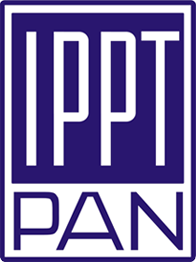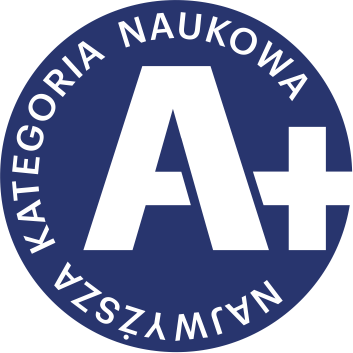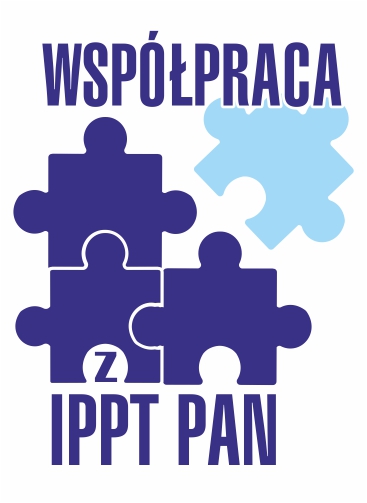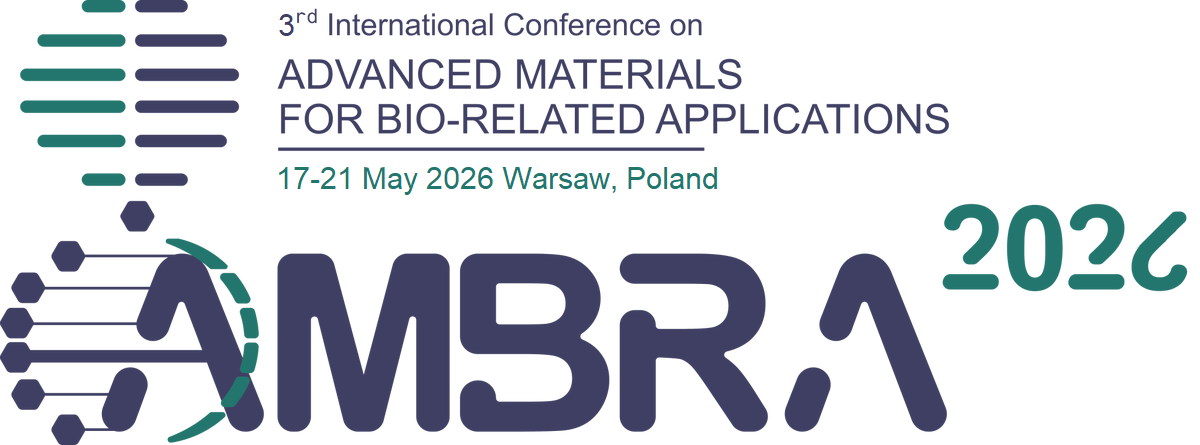| 1. |
Altangerel A.♦, Miler O., Nirwan V. P.♦, Hengsbach R.♦, Sajkiewicz P., Fahmi A.♦, Facile Fabrication of Antibacterial 3D Fibrous Sponge via In Situ Protonation-Induced Direct Electrospinning,
Advanced Materials Interfaces, ISSN: 2196-7350, DOI: 10.1002/admi.202400935, Vol.12, No.11, pp.2400935-1-12, 2025 Streszczenie:
A versatile, straightforward approach for direct fabrication of three-dimensional (3D) nanofibrous sponges via electrospinning is reported. The fabrication of porous 3D nanofibrous sponges is facilitated due to the protonation of dimethylamino ethyl (DMAE) groups in Eudragit E100 (EE). The generated 3D sponges are characterized by microscopy, thermal analysis, light scattering, and contact angle measurements to reveal their physicochemical properties. Additionally, antibacterial properties are confirmed via a colony-forming unit assay. Microscopy analysis demonstrated that the obtained nanofibers possessed uniform conformation without beads, and their overall diameter varies depending on the fraction of the blend composition. The protonation of DMAE groups is investigated via infrared spectroscopy and further confirmed via zeta potential measurements. The charged electrospun 3D sponges exhibited significant antibacterial properties, effectively combating E. coli even at a diluted extract of samples. Owing to their morphology, electrostatically charged surface, and significant antibacterial properties, these 3D nanofibrous sponges present themselves as an effective material for integration in filtering membranes or cartridges, which may minimize harmful substances suspended in the air. Słowa kluczowe:
electrospinning, antibacterial materials, 3D materials Afiliacje autorów:
| Altangerel A. | - | inna afiliacja | | Miler O. | - | IPPT PAN | | Nirwan V. P. | - | inna afiliacja | | Hengsbach R. | - | inna afiliacja | | Sajkiewicz P. | - | IPPT PAN | | Fahmi A. | - | Rhine-Waal University of Applied Science (DE) |
| 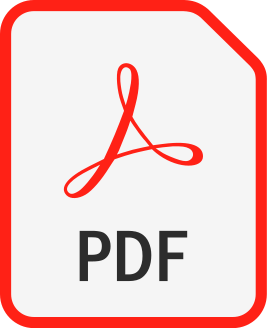 | 100p. |
| 2. |
Nirwan V.P.♦, Kowalczyk T., Bar J.♦, Buzgo M.♦, Filová E.♦, Fahmi A.♦, Advances in electrospun hybrid nanofibers for biomedical applications,
Nanomaterials, ISSN: 2079-4991, DOI: 10.3390/nano12111829, Vol.12, No.11, pp.1829-1-28, 2022 Streszczenie:
Electrospun hybrid nanofibers, based on functional agents immobilized in polymeric matrix, possess a unique combination of collective properties. These are beneficial for a wide range of applications, which include theranostics, filtration, catalysis, and tissue engineering, among others. The combination of functional agents in a nanofiber matrix offer accessibility to multifunctional nanocompartments with significantly improved mechanical, electrical, and chemical properties, along with better biocompatibility and biodegradability. This review summarizes recent work performed for the fabrication, characterization, and optimization of different hybrid nanofibers containing varieties of functional agents, such as laser ablated inorganic nanoparticles (NPs), which include, for instance, gold nanoparticles (Au NPs) and titanium nitride nanoparticles (TiNPs), perovskites, drugs, growth factors, and smart, inorganic polymers. Biocompatible and biodegradable polymers such as chitosan, cellulose, and polycaprolactone are very promising macromolecules as a nanofiber matrix for immobilizing such functional agents. The assimilation of such polymeric matrices with functional agents that possess wide varieties of characteristics require a modified approach towards electrospinning techniques such as coelectrospinning and template spinning. Additional focus within this review is devoted to the state of the art for the implementations of these approaches as viable options for the achievement of multifunctional hybrid nanofibers. Finally, recent advances and challenges, in particular, mass fabrication and prospects of hybrid nanofibers for tissue engineering and biomedical applications have been summarized. Słowa kluczowe:
hybrid nanofibers, electrospinning, nanoparticles, functional agents, tissue engineering, nanomedicine, drug delivery, bone regeneration Afiliacje autorów:
| Nirwan V.P. | - | Rhine-Waal University of Applied Science (DE) | | Kowalczyk T. | - | IPPT PAN | | Bar J. | - | () | | Buzgo M. | - | BIOFABICS (PT) | | Filová E. | - | Czech Academy of Sciences (CZ) | | Fahmi A. | - | Rhine-Waal University of Applied Science (DE) |
|  | 100p. |


